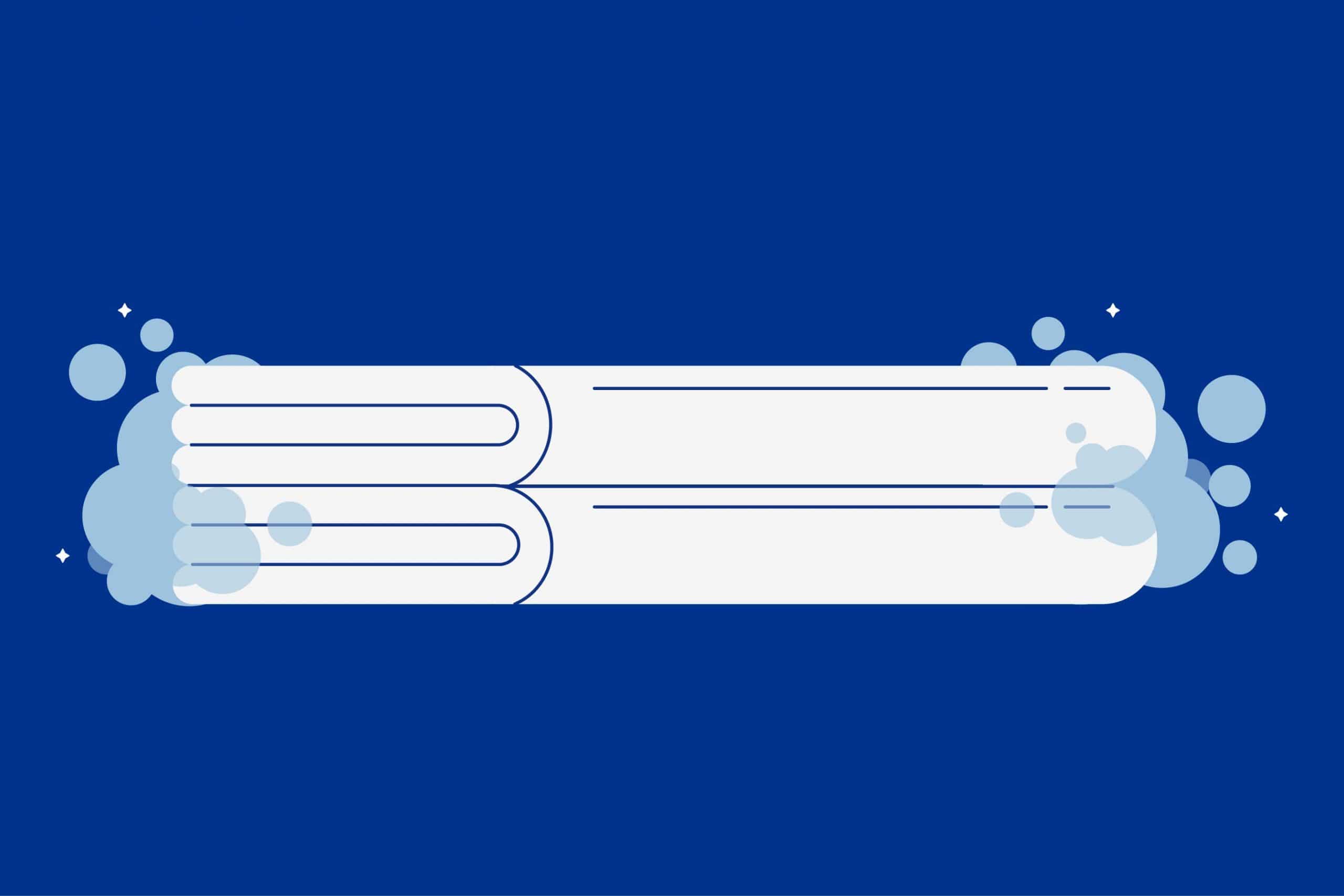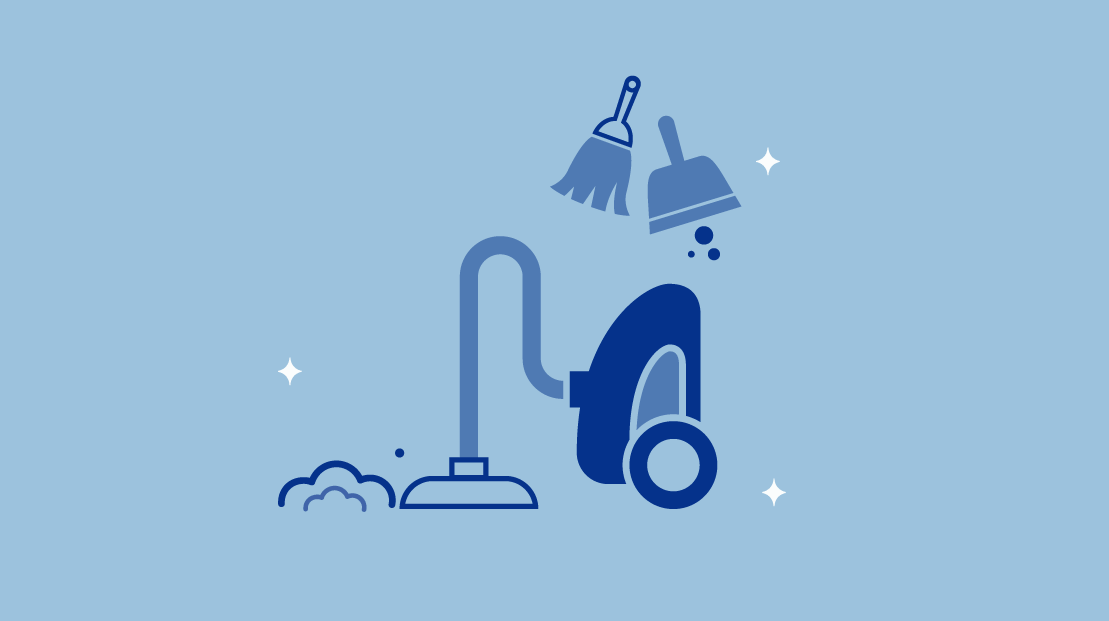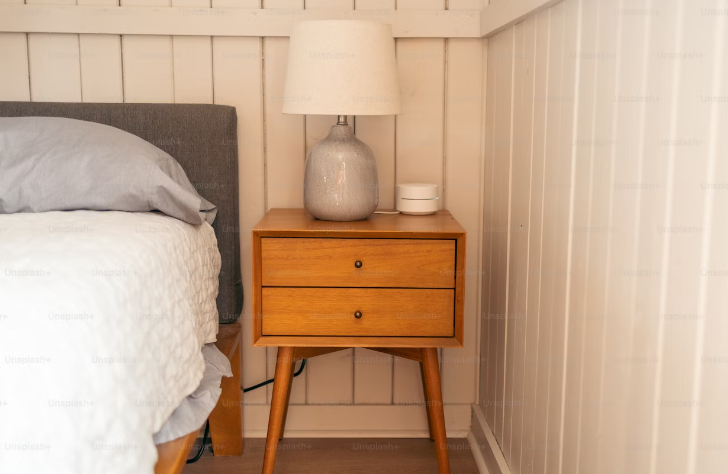Key Takeaways
- Immediate Action is Crucial: Act promptly when dealing with bloodstains on bed sheets, using cold water to rinse and blotting rather than rubbing to prevent setting the stain.
- Effective Stain Removal Solutions: Various household items like hydrogen peroxide, vinegar, baking soda, or commercial stain removers can effectively remove bloodstains. Always spot test and follow proper application guidelines.
- Thorough Cleaning Process: After stain treatment, wash sheets with regular detergent using cold water to ensure proper sanitation. Avoid drying until the stain is completely gone to prevent setting.
Bloodstains on bedsheets are quite common, yet frustrating, but don’t worry—it’s possible to remove them so long as you act quickly. Simple cleaning solutions, such as hydrogen peroxide or baking soda, are great for getting rid of blood stains.
It’s easiest to clean fresh blood out of sheets as opposed to dried blood, though you can still potentially remove stains older than 48 hours. For older stains, you may just need a few extra rounds of stain removal treatment. Our article shows how to remove blood stains from your sheets and keep your sleeping environment germ-free.
1. Use Cold Water to Rinse the Stain
Once your bedsheets become stained, you’ll want to rinse them under water as soon as possible, doing your best to remove as much blood as you can. Always be sure to use cold water, as warm or hot water causes the proteins of blood to cling and set into the fabric, decreasing your chances of fully removing the stain.
2. Blot The Stain
Rubbing stains, such as with a towel or cloth, causes blood to spread on your sheets. Instead, blot the stain with a dry cloth or paper towel as this collects the blood without growing the stain or further setting it into the fabric. Once you’ve collected a majority of the blood, rinse or soak your sheets in cold water.
3. Apply a Stain Remover
After removing all of the excess blood, apply a stain remover to the impacted area. Possible stain remover solutions are everyday materials you likely already have on hand, such as vinegar or baking soda. Keep in mind, some stain removers, particularly ammonia and hydrogen peroxide, affect the dye on your sheets, so always spot test a little bit of stain remover on a hidden area of your sheets.
For all stain solutions, allow them to settle before rinsing and washing. If the stain is still there post-wash, you can repeat the process until the stain fades away.
Hydrogen Peroxide
Hydrogen peroxide is a very versatile product and a go-to solution for getting rid of bloodstains; however, it works best on white or light-colored sheets as it can potentially bleach dark colors. Apply a few drops of the treatment directly onto the stain, let it sit for roughly 30 minutes, and then scrub the fabric together to encourage the stain out.
Ammonia
Household ammonia diluted with water makes for great blood stain removal, especially for older or more stubborn stains. Be sure not to use ammonia with added color or fragrance, however, as it can damage fabrics. Blot your water and ammonia mixture onto the stain and allow it to sit for at least 30 minutes.
Stain Treatment Products
Commercial cleaning brands often sell products specifically designed to remove pesky stains. Stain removers are typically sold as stain removing pens or spot treatments. Be sure to dampen your sheets in cold water prior to applying the stain product and read the product instructions to see how long the product needs to set before rinsing it off.
Vinegar
White vinegar is a natural stain-removing alternative to ammonia or hydrogen peroxide. Combine the vinegar with water before applying it directly to the stain. The solution needs to sit for several hours before you can gently scrub the stain off your sheets.
Salt
Saltwater or saline solution can remove stubborn and dry stains and is particularly useful for delicate fabrics, such as silk or nylon. Fill a bucket with saltwater and soak your sheets in it for two to three hours. If you don’t have a bucket, saturate the stained area and allow it to sit for several hours.
Baking Soda or Cornstarch Paste
Baking soda or cornstarch is great for removing stains and foul odors from your bedsheets. Make a paste using one part baking soda or cornstarch and two parts water and apply a thick layer of it to the stain. Let the product sit for at least 20 to 30 minutes.
Cola
While it sounds strange, the carbonation and phosphoric acid in cola loosen the proteins in the blood, removing the stain. This option is useful in a pinch, such as when traveling or if you have no other products in your home. Pour the cola onto your stained sheets and allow it to sit for a few hours.
Meat Tenderizer
Unseasoned meat tenderizing powder is a surprisingly useful stain remover. The product is made to break down the proteins of meat and can break down the proteins in blood as well. Keep in mind, when we refer to meat tenderizer, we’re talking about the seasoning, not the metal tool to pound meat.
Make a paste of one parts powder and two parts water. Apply it to the stain and allow it to sit for 30 minutes and then remove the product.
4. Wash As Usual
Simply treating the stain without washing the sheets is unsanitary. Always wash your sheets with regular detergent after any stain removal treatment to rid them of any leftover stains and bacteria. Use cold water for your wash cycle, as heat can cause stains to be permanent.
5. Dry Your Sheets Only After the Stain is Gone
Do not dry your bed sheets until the stain is completely gone! The heat of the dryer sets the bloodstain and any residual discoloration or bacteria will remain on your sheets. To be extra safe, you could try air-drying or line-drying the sheets after washing.
Preventing Blood on Bedding
To prevent blood stains on your sheets, especially during menstruation, consider using protective measures like mattress protectors or waterproof bedding. Additionally, choose dark-colored sheets or fabrics that are less likely to show stains.
For added protection, wear period underwear or use overnight pads. When sleeping with a menstrual cup, ensure it’s properly inserted and emptied before bedtime to minimize leaks.
For safety reasons, you usually do not want to sleep with a tampon. Doing so risks leaving the tampon inserted for more than eight hours, which significantly increases the risk of toxic shock syndrome.
If an accident does occur, promptly treat the stain by soaking it in cold water and gently scrubbing with mild soap before washing. Regularly checking and changing your bedding can also help maintain cleanliness and freshness.
FAQs
How do you get blood out of a mattress?
Removing blood from a mattress is similar to removing blood from your sheets: soak up excess blood with a towel, dab cold water onto it, and use a stain remover. The difference is you cannot throw your mattress into the washer and dryer like you would with sheets. Instead, remove the stain and clean your mattress using a damp cloth and allow your mattress to air-dry.
To protect your mattress from future stains, use a mattress protector at all times.
Can all stains be removed?
This depends on how old the stain is. Newer stains are easiest to clean, while older stains are more settled and can be difficult to remove entirely. For older stains, even if you managed to clean the area, the fabric may be permanently discolored.
How do you kill bacteria in the laundry?
Washing your garments on a hot cycle (at least 140 degrees Fahrenheit), using bleach, or using laundry disinfectants all kill bacteria in the laundry. Keep in mind that certain fabrics, such as wool or silk, are prone to damage in high heat. Use color-safe bleach for colored garments. Always read the care instructions for your garments to ensure they can be cleaned using these methods.
If you are concerned about the bacteria from a bloodstain, do not wash the fabric until the stain is gone to ensure the blood proteins properly dissipate.
How can I get my yellowing sheets white again?
Oil and sweat commonly account for the yellowing of sheets despite regular washing. Products such as baking soda, liquid bluing, lemon juice, vinegar, bleach, and borax can whiten old sheets. Also, you can try line-drying your sheets outside as the sun has natural bleaching properties.
What causes brown stains on sheets?
Brown or rust-colored stains are commonly caused by bed bugs being crushed. The stains will be small and splotchy, as well. If you suspect you have a bed bug infestation, your best option is to contact a pest control service. However, you can also vacuum the area, wash or steam the bedding, or use chemical treatments to kill the bed bugs.
Conclusion
Sleeping on an unsanitary surface is not only unpleasant, but it can attract bacteria and dust mites. It’s important to act quickly when removing stains from your bed and always use cold water during the cleaning process. Even if you wake up to an hours-old stain due to sleeping on your period, there’s still time to rid your sheets of the blood entirely.
About the author
April Mayer is a sleep expert and writer with a degree in exercise physiology. She has dedicated her career to exploring the relationship between sleep and productivity. Her insightful articles, such as "The Surprising Way Your Mood Might Be Messing With Your Productivity" and "Wake Up to More Productive Mornings," have been featured in reputable publications like Forbes, Greatist, Real Homes, Thrillist, Tom's Guide, and Eat This, Not That. With a passion for helping others lead more productive lives through restful sleep, April offers valuable expertise on foods and vitamins for better sleep. As a trusted member of the Early Bird team since March 2020, she continues to provide informative and well-researched content.
View all posts





